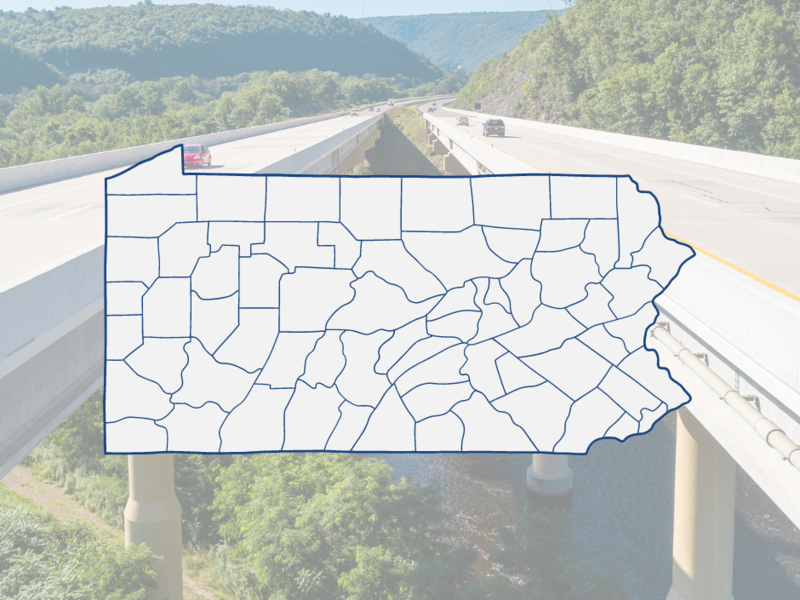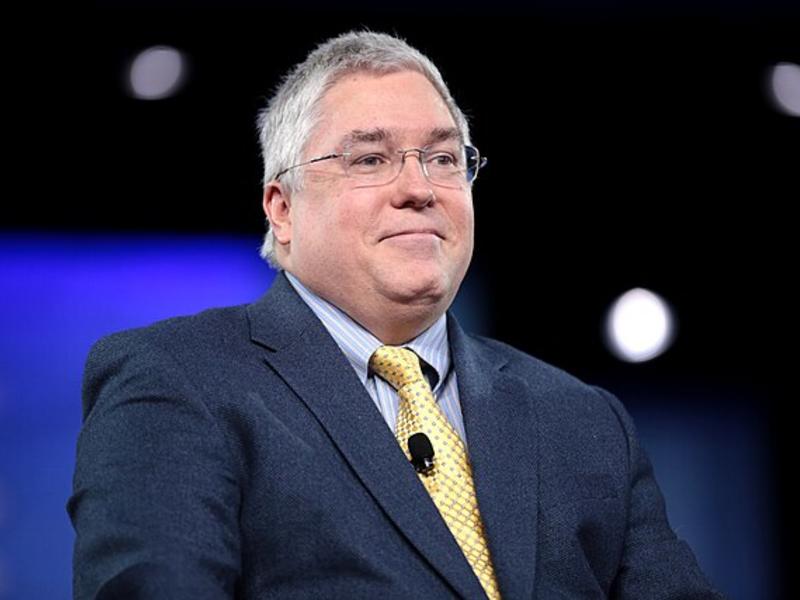
Most news organizations that do a lot of surveys blew through their polling budgets last year and have done relatively little polling over the past three months.
That’s about to change. Every news organization in the country that does any national polling will be going into the field in just over a week, so that they’ll have polling data ready to go by April 30, President Biden’s 100th day in office. Most of the attention will inevitably be on Biden’s overall job-approval rating, as well as how his handling of the coronavirus pandemic and the economy is being received.
Journalists will be quick to compare his numbers with those of his most recent predecessors, and his approval numbers during the first quarter of the year. For the first half of March (the latest available), Gallup had Biden’s overall approval at 54 percent (42 percent disapproving), down from 57 percent in late January (37 percent disapproving) and 56 percent for early February (40 percent disapprove). The RealClearPolitics and FiveThirtyEight poll averages show his approval at 55 percent and 54 percent, respectively.
By comparison, in March and April of his first year in office, Donald Trump’s Gallup approval ratings ranged from as low as 38 percent to as high as 41 percent. Barack Obama’s low in that comparable two-month period was 61 percent; his high was 65 percent. George W. Bush ranged from 53 percent to 62 percent, while Bill Clinton’s lowest was 52 percent, with his highest just 3 points greater at 55 percent.
More interesting than approval ratings will be whether things have changed. Are Americans behaving any differently because of the coronavirus pandemic? Has the pandemic changed Americans’ appetite for government spending?
Democrats quite rightly argue that infrastructure has been underfunded for close to 40 years. The gas tax funding the highway trust fund last increased in 1993. But these are eye-popping increases, justified or not. Politically speaking, it is less important who will pay more in taxes than what people think they will be paying in taxes. That is, perception is more important than reality.
Take special note of this age-old poll question and its variants: “Do you think government should do more to solve the nation’s problems or do you think that government is doing too much that should be left to the private sector?” If there has been a fundamental change in how people see government and spending, we may see it here.
We may also get clarity on whether Trump’s presidency changed how people look at the job of president. Trump often polled below some of his own policies and nearly always below where a president would normally be with an economy as strong as Trump’s for his first three years. It was as if there were a “Trump penalty” levied against him because of his personality and style. In that context, will Biden be judged on the same basis as presidents prior to Trump, or more like Trump was?
Right now, the economy is going gangbusters. Last week’s combined forecasts of over four dozen top economists surveyed by Blue Chip Economic Indicators indicated that the U.S. real gross domestic product is expected to have grown by 5.4 percent in the just-completed first quarter. They predicted a further 8.7 percent growth in the current second quarter, 7.5 percent in the third quarter, and 4.9 percent in the fourth quarter—an annual growth rate of 6.3 percent for this calendar year, a blistering pace. By next year, the economists forecast 4.3 percent growth, a slower pace but a level of growth that nearly any POTUS would kill for.
Preliminary data for the first half of April will be released this Friday, but recent data for all three major consumer confidence ratings—the Michigan index, the Conference Board’s Consumer Confidence Index, and Langer Research Associates’ Consumer Comfort Index—have all shown Americans feeling better and better about the economy.
We know that presidential approval used to be closely linked to how the economy was doing and how people perceived the economy as doing. As political scientists Lynn Vavreck, John Sides, and Michael Tesler explained in their great book, Identity Crisis: The 2016 Presidential Campaign and the Battle for the Meaning of America, that from the presidencies of John F. Kennedy through George W. Bush there was a strong relationship between the University of Michigan’s Index of Consumer Sentiment and presidential approval ratings. That relationship effectively ended when Obama became president. Partisanship, tribalism, and identity politics have so permeated our politics and public opinion that it even affects how people believe the economy is doing. In recent years we have often seen members of a president’s party having a 30-point higher opinion of how the economy is doing than a member of the opposition party.
Thus, while Biden undoubtedly hopes the economy keeps roaring, he and his fellow Democrats will need more than that for a successful 2022, much less a repeat performance in 2024.
This article was originally published in the National Journal on April 13, 2021.










Subscribe Today
Our subscribers have first access to individual race pages for each House, Senate and Governors race, which will include race ratings (each race is rated on a seven-point scale) and a narrative analysis pertaining to that race.